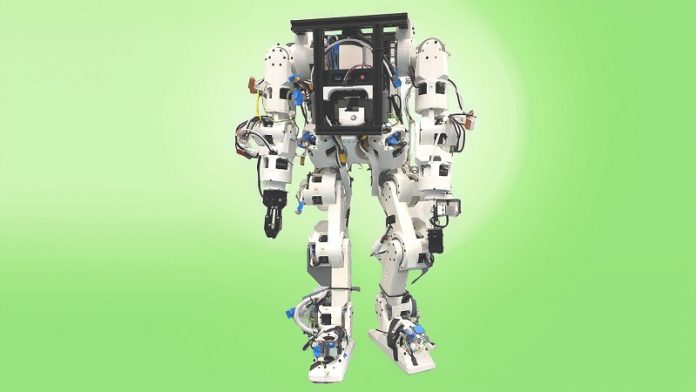
Humanoid robots are becoming more common in areas like healthcare, research, and even personal assistance.
But for beginners and hobbyists, building one has often felt out of reach.
That’s what inspired Yufeng Chi, a former undergraduate and now Ph.D. student at UC Berkeley, to create something more accessible: the Berkeley Humanoid Lite.
Chi was fascinated by robots that walk and move like humans, but when he tried to build one, he ran into two big problems—high costs and lack of access to hardware and open-source designs.
Many commercial robots are expensive and come with software that can’t be modified. Even worse, they often require advanced tools to build or repair, making them impractical for students or hobbyists working at home.
To solve this, Chi and a team of Berkeley engineers created Berkeley Humanoid Lite, a low-cost, open-source robot made mostly from 3D-printed parts.
Anyone with a standard 3D printer and access to online components can build it for less than $5,000—much cheaper than similar commercial robots.
The robot stands about 1 meter tall, weighs 16 kilograms, and can be built by a beginner in about a week, depending on experience.
What makes this robot special is how modular and customizable it is. Instead of building the whole thing at once, users can start small—maybe just one actuator—and gradually build up to a full arm or leg.
If any part breaks, it can be easily reprinted and replaced. The robot’s design even includes a strong, reliable gearbox using cycloidal gears, which are more durable because they spread stress across a larger area.
In testing, the actuators performed very well and didn’t break, even after repeated use.
To show what the robot can do, the team tested simple actions like grabbing objects and walking. Using a joystick, they controlled the robot to pick up and play with items like a Rubik’s Cube.
They also used reinforcement learning to teach the robot to walk—though Chi admits the walking is still a bit awkward. But because the project is open source, he hopes the wider community will help improve the software and share their own upgrades.
All of the hardware designs, control code, and training tools are publicly available, allowing users to fully understand how the robot works and make their own changes.
Chi believes this open-source approach could spark new creativity and make humanoid robotics more accessible than ever before.
With Berkeley Humanoid Lite, building your own robot is no longer a distant dream—it’s something you can actually do at home.



